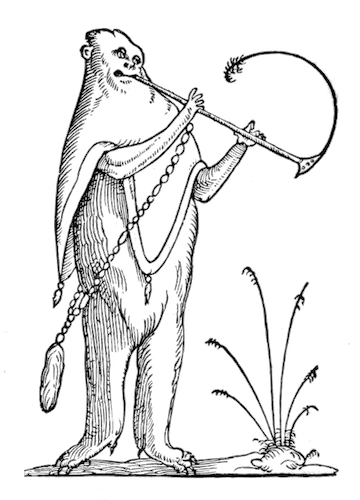
new york

Dr Mitchill and the Mathematical Tetrodon
One of the early Republic's great polymaths, New Yorker Samuel L. Mitchill was a man with a finger in many a pie, including medicine, science, natural history, and politics. Dr Kevin Dann argues that Mitchill's peculiar brand of curiosity can best be seen in his study of fish and the attention he gives one seemingly unassuming specimen. more

VILLANOVA UNIVERSITY - Laura Bang and Ruth Martin explore an early 20th-century scrapbook put together by Company 62 of the New York City Fire Department. more

Pseudo-Boccaccio, Yiddish Pulp Fiction, and the Man Who Ripped Off Joyce
In 1927, a pair of lurid “translations” appeared in English, marketed as authentic tales by Giovanni Boccaccio and illustrated with supposedly new works by Aubrey Beardsley. Jonah Lubin and Maria Laurids Lazzarotti search for the origin of these fakes, in which illicit sex begets terrible violence, and uncover a story involving pseudotranslation, Yiddish shund literature, and the piracy king of literary modernism, Samuel Roth. more

The Man and The Crowd (1928): Photography, Film, and Fate
“Make films about the people, they said”, Jean-Luc Godard once quipped, “but The Crowd had already been made, so why remake it?” Gideon Leek rewatches King Vidor’s classic, in which a young man with big dreams moves to New York City and becomes an identical cog who learns to love the machine of modernity. more

Modern Babylon: Ziggurat Skyscrapers and Hugh Ferriss’ Retrofuturism
In the early twentieth century, architects turned to a newly discovered past to craft novel visions of the future: the ancient history of Mesopotamia. Eva Miller traces how both the mythology of Babel and reconstructions of stepped-pyramid forms influenced skyscraper design, speculative cinema in the 1910s and 20s, and, above all else, the retrofuturist dreams of Hugh Ferriss, architectural delineator extraordinaire. more










